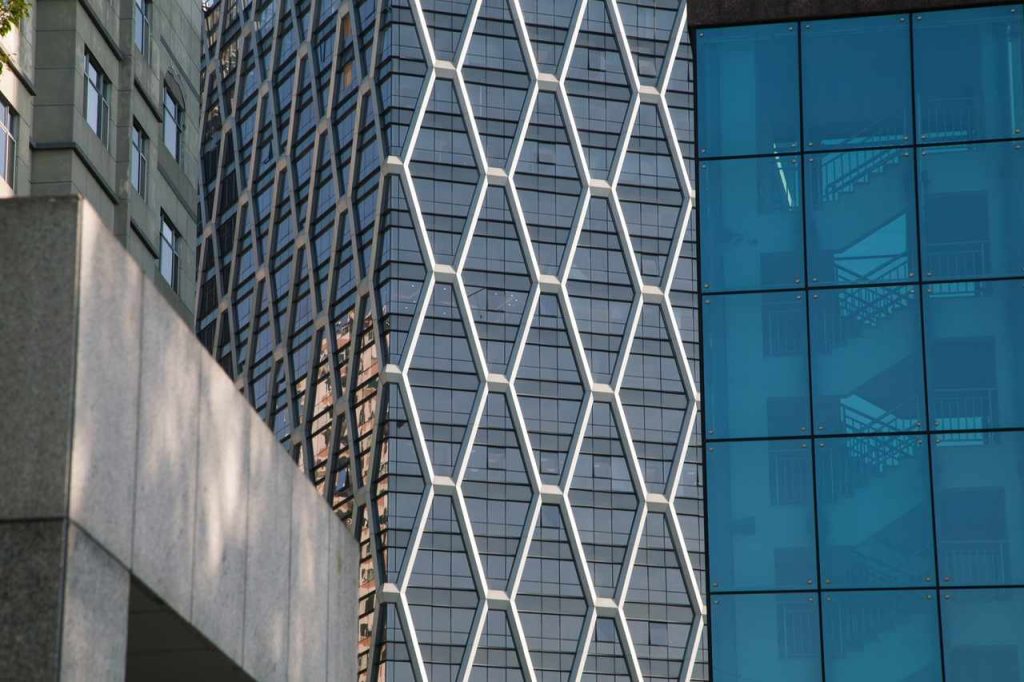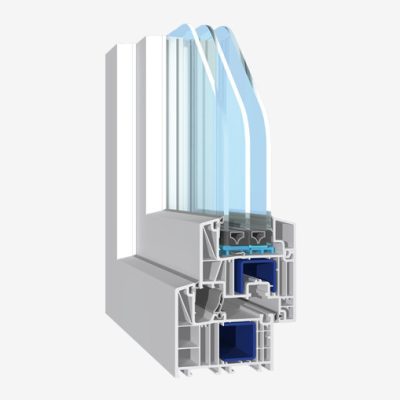
A curtain wall is a building facade that has no load-bearing function, but only provides thermal insulation and aesthetic value. It is attached to ceilings, transverse walls and structural columns and only supports its own weight and wind pressure. It is usually made of lightweight materials such as aluminium, bronze or, in the past, steel. It is filled with transparent or opaque glass, metal plates or similar materials. It is also possible to find them made entirely of reinforced concrete elements.
Critical structural elements
It is very important to eliminate thermal bridges in structures, especially in places where there are large temperature fluctuations. Condensation on materials, mainly glass, causes unsightly water stains, which are completely undesirable. In addition, the materials used in the construction deteriorate faster and require repair or replacement, which leads to higher investment costs.
In addition to thermal insulation, various curtain wall materials can also provide soundproofing, which is a very important feature. The greater the soundproofing in large-area buildings, the better, especially when they are located in the city centre.
Modern construction materials
Modern buildings are associated with the search for unusual, innovative solutions, as well as interesting and functional materials. These include glass and aluminium, which are perfect for building facades. The advantage of these materials is their high aesthetics, but also the lack of need for additional finishing and maintenance. Glass curtain walls mounted on aluminium mullions do not require painting, and their resistance to mechanical damage is very high. Cleaning of this type of wall is based on pressure washing.
Curtain wall systems
Curtain walls, also known as mullion-transom walls, are available in various systems:
- Mullion-transom construction with glass panels inserted into special grooved frames. The façade is covered with an aluminium grid with a glass filling. Designed for the construction of modern curtain walls in various shapes and with increased thermal insulation. Excellent thermal insulation parameters are achieved by using a special insulator in the space of the pressure bar or spacer.
- With no visible aluminium elements, the glass panels are sealed with silicone. Only the glass fillings, separated by structural silicone joints, are visible from the inside. The glass units have moulded pockets and channels in which mounting plates are placed, which attach the fillings to the wall frame.
- Made of steel, not aluminium. The frame construction has a much higher load-bearing capacity and is much more robust. Resistant to wind, but also to glass loads. The design of the steel element is simple – thermal break, clamping strip and cover strip. The construction is finished with decorative cover strips with rounded lines.
- Fire-resistant, designed for the construction of lightweight fire curtain walls with EI60 fire resistance. The visual width of the posts and transoms in this system is 55 mm, and the construction is also based on a structure made up of vertical and horizontal sections 55 mm wide. To achieve fire resistance, the posts and transoms are equipped with special, fire-resistant inserts, while the sections are filled with a fire-resistant compound. They resemble a facade and transom, which means they can be connected invisibly. They provide maximum safety combined with a free and light design.
Read also:
ISSUES CONCERNING CURTAIN WALLS



